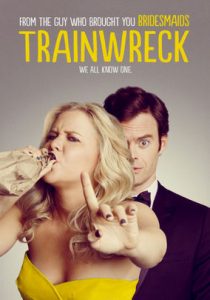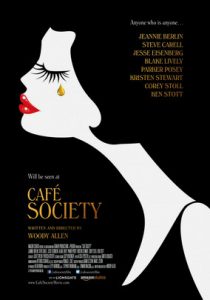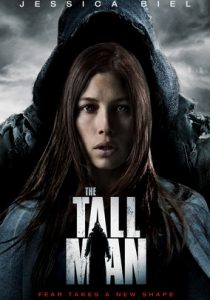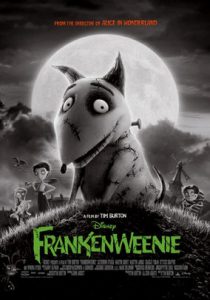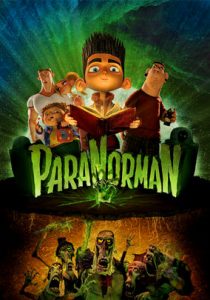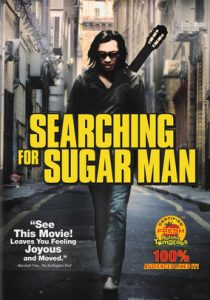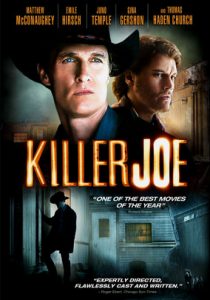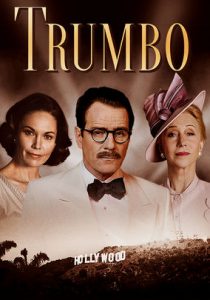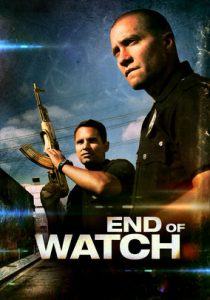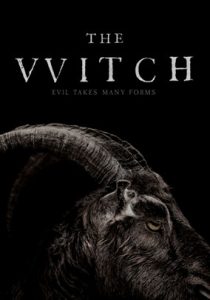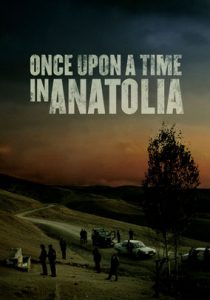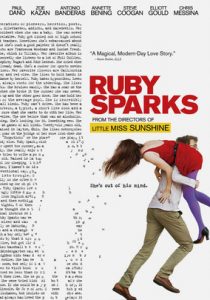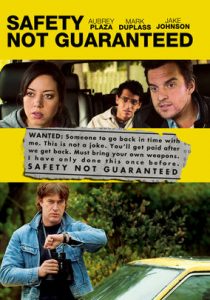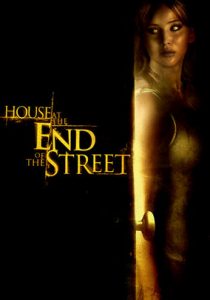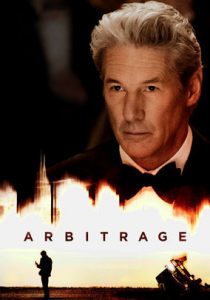Trainwreck-2015
Director Judd Apatow
Starring Amy Schumer, Bill Hader
Scott’s Review #463
Reviewed August 13, 2016
Grade: B
Trainwreck is a raunchy 2015 comedy/romantic comedy that lends its success largely to its star.
Amy Schumer makes this film as good as it can be (after all, she wrote it) and despite the raunchy girl power themes that are currently the popular trend in films of this genre, Trainwreck has some laughs and good times thrown in, thanks to Schumer.
Judd Apatow directs, who has successfully made a gazillion of these types of films in modern times.
The film does teeter off into predictability toward the conclusion. It has its moments of fun and is not boring.
Unapologetic, sexually promiscuous, and boozy, Schumer plays a successful magazine writer (Amy) given an assignment she despises- interview a sports medicine doctor, named Aaron (played by SNL alum, Bill Hader).
Amy hates sports and knows nothing about them, she also goes from man to man, nothing serious, and is currently dating a sexy bodybuilder named Steven (John Cena), who she thinks may be gay.
Predictably, Amy and Aaron fall in love.
In typical fashion, Trainwreck contains stereotypical characters or characters who are merely there to bounce off the main action.
SNL alum Vanessa Bayer, and Tilda Swinton are the most obvious examples, as the loyal best friend and rigid, type-A boss, respectively.
Brie Larson and Colin Quinn co-star as Amy’s family members. Both give one-note performances that are fine, but unspectacular, and one surmises that Brie Larson agreed to this role before her Oscar-winning turn in Room (2015).
Despite the comedy clichés, I had some good fun with Trainwreck.
Schumer is likable as an ordinary girl, think of her as the new Melissa McCarthy, to whom many people can relate. I am not sure Schumer and Hader had the best chemistry, but the point was that she found love with a “regular” guy, a tad dull, to counter-balance her big, loud personality.
And they do make a charming pair.
Some scenes work. When Amy encourages a naked Steven to “talk dirty to her” in the bedroom and he attributes everything to bodybuilding, the scene is funny.
When Amy and Steven banter with an angry couple at the movie theater, fall flat.
Certainly not high art, for the raunchy comedy genre, Trainwreck is a treat and entertaining to watch, in large part due to the comedic talents of Amy Schumer.
More often than not, when the masses rave about a current comedy as being “great”, I am usually disappointed. While Trainwreck (2015) is not great, it is good, with some laughs.
Otherwise, it is a rather by-the-numbers film.
